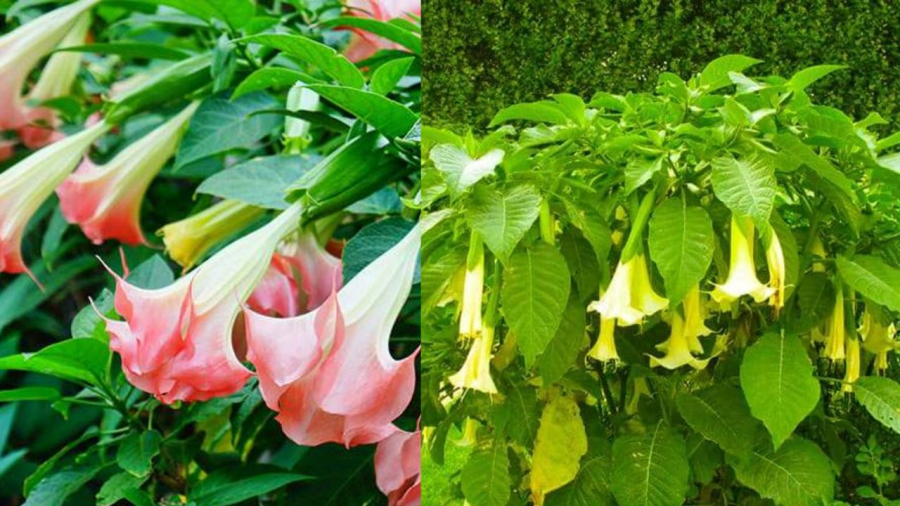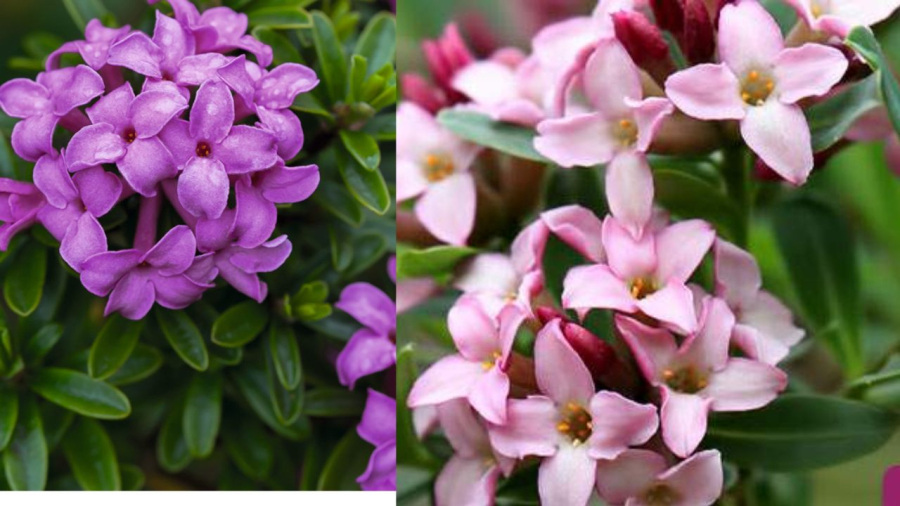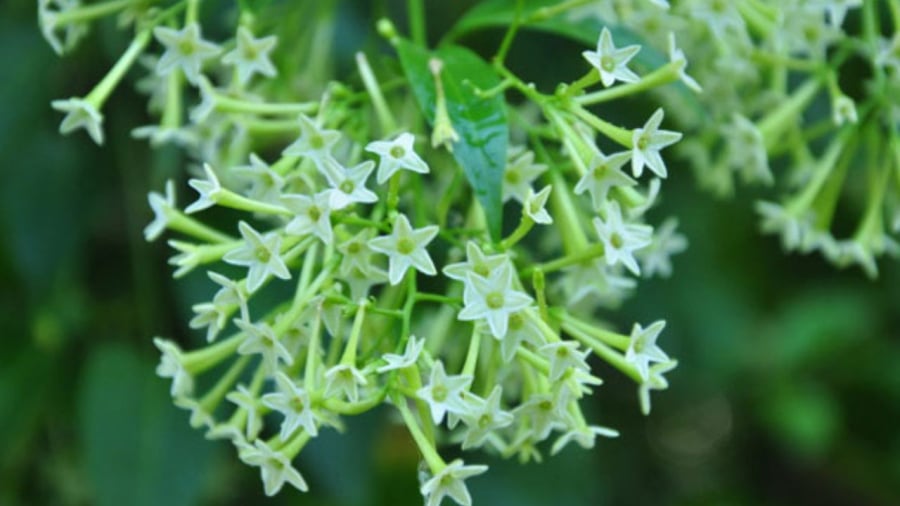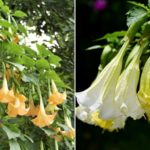There are many beautiful decorative plant pots for home decoration, but they can be harmful to health because they contain toxins.
The Datura plant
This is a popular and beautiful flowering plant in many places in Vietnam. This plant is known as the demon plant because all parts of the Datura plant are poisonous, including the leaves, flowers, and fruits. It contains biological alkaloids, including Datura alkaloids and atropine, which can cause dizziness, hallucinations, dilated pupils, increased heart rate, gastrointestinal symptoms, and in severe cases, fatal poisoning.

Hydrangea
Hydrangea is a beautiful and relatively expensive flower, but it is also a highly toxic flower. Both the flower and the leaves of this flower contain toxic substances that can cause itching, nausea, excessive sweating, severe abdominal pain, and, if left untreated, can lead to unconsciousness, convulsions, and circulatory disorders. Therefore, it is important to avoid letting young children chew or swallow Hydrangea flowers or use them for decoration inside the house.
Angel’s Trumpet (Yellow Oleander, Osaka)
The bright yellow clusters of flowers make Angel’s Trumpet a popular ornamental plant in front of houses and on streets. However, this flower is toxic to the entire plant, including the leaves, flowers, fruits, and seeds.
Oriental Lily
Oriental Lilies are commonly planted in gardens and along roadsides because of their beautiful bright pink flowers. However, Oriental Lilies are extremely toxic and can be fatal. The toxins in Oriental Lilies increase the risk of cardiovascular problems, causing severe nausea, headaches, fatigue, persistent diarrhea, and serious cardiac arrhythmias. Delayed treatment can lead to death.

Lilium
Lilies are beautiful flowers that are commonly used for decoration in gardens. However, many species of lilies contain the highly toxic compound mezerin, which can cause severe vomiting, internal bleeding, unconsciousness, and death when ingested.
Night Blooming Jasmine
Night Blooming Jasmine is a fragrant flower that blooms at night, adding an elegant touch to any garden. However, prolonged exposure to the scent of Night Blooming Jasmine can cause hair loss, dizziness in people with high blood pressure or heart problems, and make existing health conditions worse.

Nerium Oleander, Bougainvillea
These are wild grasses that are now widely used as bonsai trees or hanging plants. However, Nerium Oleander contains toxic compounds such as lantadin alkaloids and lantadene A, which can cause severe intestinal burns, muscle spasms, or circulatory disorders when ingested.
Mountain Rose
Mountain Rose is a beautiful and elegant flower that is often grown as a decorative plant inside houses. This plant can absorb toxic substances such as sulfur dioxide, nitrogen oxide, radioactive substances, and other harmful gases, helping to purify the air. However, this flower also contains toxic substances that can cause poisoning, severe nausea, and difficulty breathing.
Therefore, if you choose to plant these types of plants for decoration, it is important to be aware of their characteristics to protect the people in your home, especially young children, from potential harm.
– Angel’s Trumpet (Brugmansia): With large, fragrant trumpet-shaped flowers, this plant contains dangerous levels of scopolamine and atropine, which can cause hallucinations, confusion, and even death.
– Oleander (Nerium oleander): This common garden plant has beautiful flowers ranging from white to pink to red. However, all parts of the plant are highly toxic, containing cardiac glycosides that can lead to severe heart problems and even death.
– Foxglove (Digitalis): Known for its tall spikes of colorful flowers, foxglove is another deadly beauty. It contains powerful cardiac glycosides that can affect the heart, and ingestion can lead to serious health issues or even fatality.
6 Unique and Surprising “Non-toxic but Toxic-looking” Houseplants: Unanticipated Risks Few Would Expect
Even though these are aesthetically pleasing plants with the ability to purify the air and bring good feng shui, they actually contain many harmful toxins that can seriously impact our health.
7 Beautiful Flowers That Bring Bad Luck When Grown Indoors
 Flowers That Bring Bad Luck When Grown Indoors’>
Flowers That Bring Bad Luck When Grown Indoors’>These flowers are visually stunning, however, they can be toxic or symbolize negative connotations, so it is advisable to avoid planting them indoors.

































